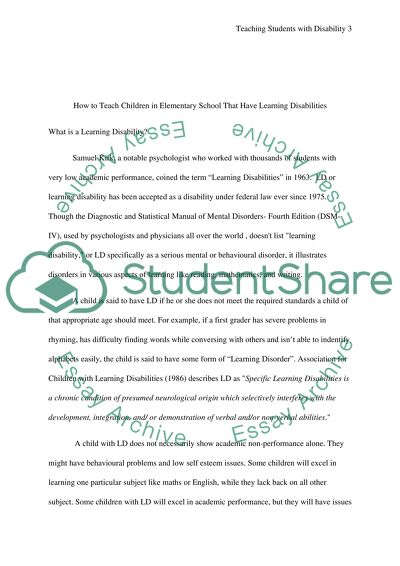Cite this document
(“How to Teach Children in Elementary School That Have Learning Research Paper”, n.d.)
Retrieved from https://studentshare.org/psychology/1458302-how-to-teach-children-in-elementary-school-that-have-learning-disabilities
Retrieved from https://studentshare.org/psychology/1458302-how-to-teach-children-in-elementary-school-that-have-learning-disabilities
(How to Teach Children in Elementary School That Have Learning Research Paper)
https://studentshare.org/psychology/1458302-how-to-teach-children-in-elementary-school-that-have-learning-disabilities.
https://studentshare.org/psychology/1458302-how-to-teach-children-in-elementary-school-that-have-learning-disabilities.
“How to Teach Children in Elementary School That Have Learning Research Paper”, n.d. https://studentshare.org/psychology/1458302-how-to-teach-children-in-elementary-school-that-have-learning-disabilities.


